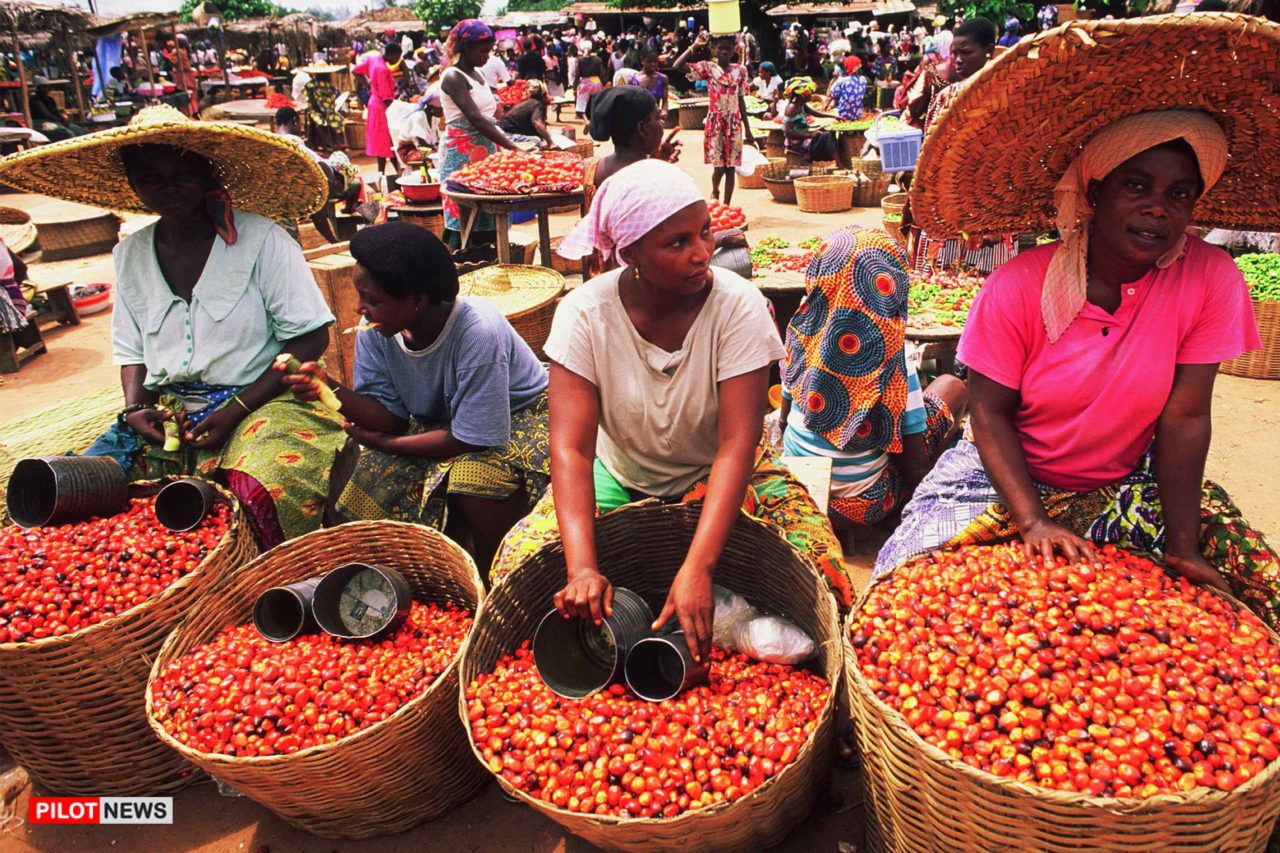Nigeria’s headline inflation rate dropped for the third consecutive month in June 2025, settling at 22.22 per cent, according to data released on Wednesday by the National Bureau of Statistics (NBS).
This marks a modest decline from the 22.97 per cent recorded in May, and a significant drop from 34.19 per cent in June 2024, aided largely by the recent rebasing of the Consumer Price Index (CPI) series which now uses 2024 as the new reference year.
“On a year-on-year basis, the Headline inflation rate was 11.97 per cent lower than the rate recorded in June 2024 (34.19 per cent),” the NBS stated in its CPI report.
Although the year-on-year figure appears encouraging, the bureau cautioned that month-on-month inflation actually rose. Prices increased by 1.68 per cent in June, compared to 1.53 per cent in May, indicating that consumers continue to face rising costs across many goods and services.
“This means that in June 2025, the rate of increase in the average price level was higher than the rate of increase in the average price level in May 2025,” the report noted.
Food prices remain a persistent concern. Though year-on-year food inflation eased to 21.97 per cent from 40.87 per cent in June 2024, the NBS attributed this sharp drop to statistical changes, rather than an actual decline in cost.
“The significant decline in the annual food inflation figure is technically due to the change in the base year,” the bureau explained.
On a monthly basis, however, food inflation rose sharply to 3.25 per cent, up from 2.19 per cent in May. The spike was driven by increases in the prices of staples such as fresh tomatoes, meat, crayfish, plantain flour, and ground pepper.
“The increase can be attributed to the rate of increase in the average prices of Green Peas (Dried), Pepper (Fresh), Shrimps (white dried), Crayfish, Meat (Fresh), Tomatoes (Fresh), Plantain Flour, Ground Pepper, etc,” the NBS said.
The report also showed disparities across regions. Borno, Ebonyi, and Bayelsa recorded the highest year-on-year food inflation rates at 47.40 per cent, 30.62 per cent, and 28.64 per cent respectively. In contrast, Katsina, Adamawa, and Sokoto posted the slowest increases.
Core inflation—which strips out food and energy prices—stood at 22.76 per cent year-on-year, with a sharp 2.46 per cent increase month-on-month, up from 1.10 per cent in May. The NBS linked this to higher prices in housing, fuel, transport, and utilities.
- Tinubu Nominates 3 Non-Career Diplomats as Ambassadors to US, UK, France - November 27, 2025
- CAN Tasks FG on Security, Says Protection of Nigerians is Spiritual Obligation - November 27, 2025
- Jonathan, AU–ECOWAS Delegates Trapped in Guinea-Bissau After Military Takeover - November 27, 2025

